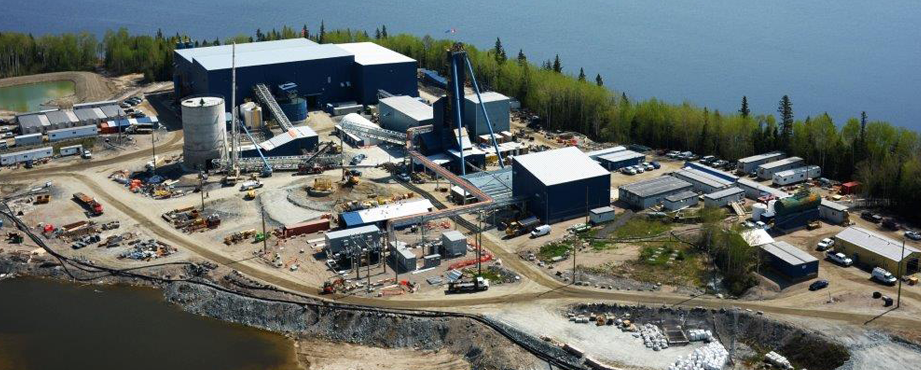An Ontario court has approved a restructuring plan to revive a shuttered gold mine development in northwestern Ontario.
Rubicon Minerals was granted a sanction order from the Ontario Superior Court of Justice, Dec. 8, to approve the Toronto-based mine developer’s refinancing and restructuring plan for its Phoenix Gold project near Red Lake.
The company sought protection from its creditors on Oct. 20. Ernst & Young was appointed as the monitor.
A majority of the affected creditors had earlier voted to approve the plan on Dec. 2.
Rubicon announced Dec. 20 that the restructuring process was complete and that the company has been notified by the TSX that its common shares will remain listed on the TSX under the symbol RMX. Rubicon shares will resume trading on Dec. 22.
In November, Rubicon closed a $45 million financing deal, which is earmarked to pay down part of the debt owed to CPPIB Credit Investments, the top-ranked secured creditor; to pay for an exploration program at the Phoenix Gold Project, and for general working purposes.
Rubicon Minerals’ Phoenix Gold project is one of the Northern Ontario’s most embarrassing mine development blunders.
The previous Rubicon management decided to forego a feasibility study, jumping from a preliminary economic assessment straight to construction of all the surface buildings and infrastructure, and underground development, raising hundreds of millions from investors in the process.
But Red Lake’s deep and complex narrow gold vein geological structure baffled mine planners, forcing management to halt all underground development in November 2015.
The trial stoping period of its F2 Gold Deposit proved “more geologically challenging” than was first understood based on historical drilling data, the company said at the time.
Two hundred miners and 110 contractors were laid off.
The company had gone into production in 2015 with its first gold pour in June of that year as underground development work continued.
A revised resource calculation released by Rubicon last January revealed the gold estimates had shockingly dropped from 3.3 million ounces to just 413,000 ounces.
It’s now George Ogilvie's job, the former Kirkland Lake Gold CEO, to breathe new life into Rubicon as the de-listed company emerges from creditor protection.
The 27-year mining veteran is said to have experience in high-grade, narrow-vein underground mining. Last fall, the company outlined plans for a $12-million exploration program to conduct a more thorough geological analysis of the so-called F2 Gold Deposit a combined 23,000 metres of underground drilling.
The program is expected to take between 18 and 24 months.
In a statement released on Dec. 20, Ogilvie extended congratulations to his team and advisors involved in the restructuring process, and looked forward to better days ahead.
"My vision is to systematically explore the F2 Gold Deposit over the next 18 to 24 months to gain a better understanding of the geology and potentially grow the mineral resources. We have strengthened the board and management team to provide a fresh perspective on the company and its assets. We have a strong balance sheet that will allow us to restart activities at the Phoenix Gold Project. We continue to believe in the exploration potential of the Phoenix Gold Project and the land packages in Red Lake, Nevada and Utah."




